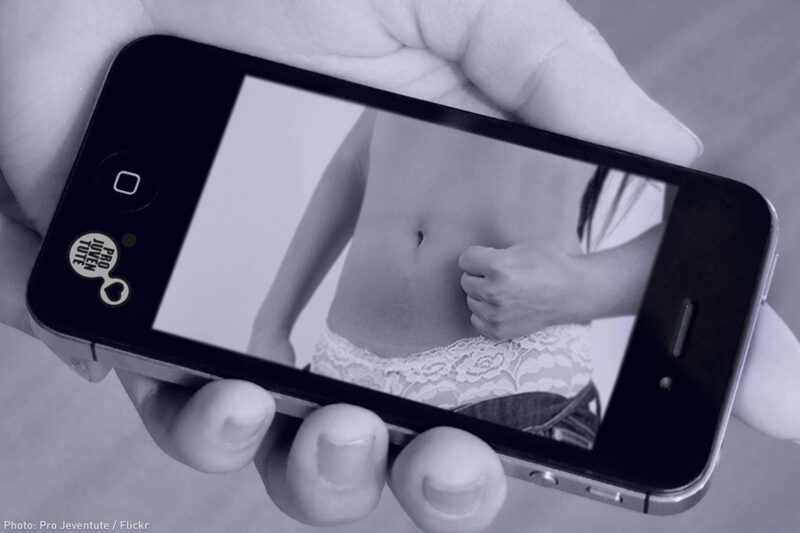Teens Who Engage in โSextingโ Should Not Be Prosecuted as Sex Offenders


In an early episode of the television series โGirls,โ Adam sends Hannah a photo of his penis and then a text message: โSRY that wasnโt for you.โ
Hannah and her friends debate the intention of Adamโs actions, but one thing is clear: The explicit photo he sent isnโt unusual, and it certainly isnโt criminal.
Had he lived in the state of Washington, been under 18 โ and, of course, been a real person โ Adam might have been branded a sex offender. In Washington, minors who engage in the common teen behavior known as sexting can be prosecuted under the stateโs child pornography law.
To suggest that a juvenile who sends a sexually explicit selfie is a victim of his own act of child pornography is absurd, but thatโs exactly what a trial court in Spokane County has done.
This much should be obvious: Selfies taken by minors are not child pornography.
When he was 17, E.G. sent a text message with a photograph of his erect penis to a young adult woman he knew through his mother. The woman reported the incident to police, and the prosecutor chose to charge E.G. with the felony sex offense of dealing in depictions of a minor engaged in sexually explicit conduct โ a law typically used to prosecute child pornographers.
Thatโs right: E.G. was named as both the perpetrator and the victim of the crime of child pornography. He was convicted and required to register as a sex offender after the trial court rejected a motion to dismiss for insufficient evidence.
The ภฯฐฤรลฟชฝฑฝแน๛ of Washington has in State of Washington v. E.G. asking the state court of appeals to reverse the trial court decision and dismiss E.G.โs conviction.
The purpose of Washingtonโs child pornography law is to prevent minors from being sexually exploited or abused for someone elseโs personal gratification or commercial gain, not to criminalize young people for experimenting with their sexuality.
This much should be obvious: Selfies taken by minors are not child pornography. No crime is being committed when a teen photographs himself of his own volition. Nudity alone is not criminalized, even among minors.
What E.G. did is actually fairly common behavior among young people today. The average teen approximately 60 text messages every day. Among teens who have sent nude or semi-nude text messages, 66 percent of girls and 60 percent of boys they did so to be โfun or flirtatious,โ and 40 percent of girls they sent sexually suggestive texts as a โjoke,โ much like Hannah does, later in the episode.
Criminal justice officials are beginning to recognize that child pornography laws are not meant to address teen sexting. The president of the National District Attorneys Association prosecutors to use their discretion to avoid criminal charges in many such cases. Courts are also finding that sexting should not be handled through child pornography prosecutions. And 20 states โ but not Washington โ that provide a range of charging and sentencing alternatives to prosecutors that avoid the sledgehammer impact of a felony child pornography charge and conviction in sexting cases.
Itโs time for Washingtonโs courts to appreciate what a five-year-old scene from โGirlsโ implies: Sending a sexually explicit selfie may be immature or unwise, but itโs only human to behave that way sometimes.


